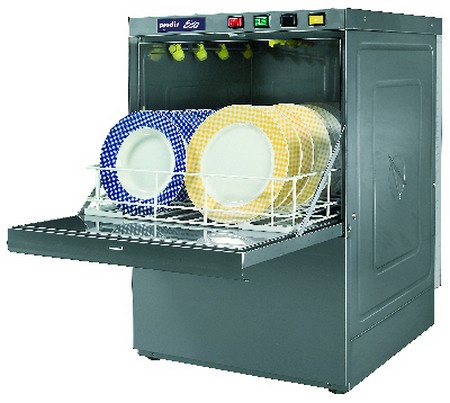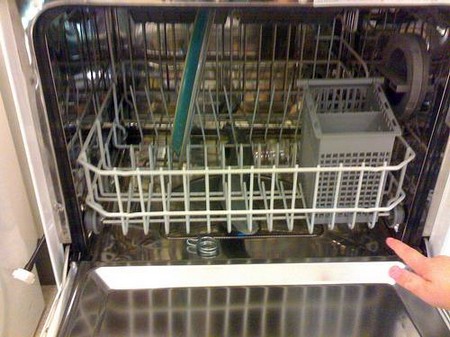Automatic dishwashers are easier to troubleshoot and repair than you might think. Simply consider the appliance as a group of parts, each one designed to do a specific job. If that job isn’t done properly, look to the parts and groups of parts that normally perform the function. Then begin testing. You may not be able to take care of all the dishwasher servicing yourself, but you can isolate the problem and thereby reduce your repair bill. You may also consider hiring a professional dishwasher repair service to do the job for you.
DISHWASHER COMPONENTS
The automatic dishwasher is actually a simple appliance but some times is better to leave it up to experts like the guys from Appliance Repair in San Diego. It applies streams of soapy hot water under pressure to soften and dislodge food from dishes and utensils. Therefore it must need a pump to bring in the water, a motor to rotate the spray arms, and a timer to tell the components when to turn on and off. The pump, motor, and timer need electricity to operate. There are many other components within the modern dishwasher, but these three are the major ones.
TECHNICAL ASSISTANCE
There are two resources that will help you troubleshoot and repair a dishwasher that won’t work. The first is the owner’s manual. Its main purpose is to give the owner instructions on appliance operation. A few minutes spent reviewing these aids can save you many hours of work and a few dollars in unnecessary parts.
Your second resource is an appliance parts house. You may have one nearby, or you may have to travel a distance. In any case, they are usually helpful in guiding you through the repair. Once you’ve reviewed the owner’s manual and parts section, call the parts house for guidance on what to check first. Then, bring in any parts for them to check. Remember that their job is to sell parts. However, most are honest and will offer professional advice.
TROUBLESHOOTING
If the dishwasher is not receiving sufficient or hot enough water, check the hoses and pump (located underneath the unit and accessible through the back) for leaks. Check for kinks in the hose line, a wobbly motor, a broken belt, or some other obvious cause. Disconnect the hose and make sure that it isn’t clogged.
If the dishwasher won’t move through the cycles, the first point to check is the source of electricity. Make sure that the cord is in good repair and that the outlet is supplying electricity. Then consider the timer and interlock. You can reach them both through the door by removing trim panels. Even professional appliance repair persons don’t repair timers. If you suspect that this is the problem, replace the timer with an identical model available from an appliance repair or through the original retailer. Mark all wires and plugs carefully before disconnecting the unit. Many appliance parts houses can test the timer for you before you buy the replacement.
The interlock is simply the door latch. If the latch doesn’t lock properly when the door is closed, it will not signal the timer to start. Make sure that the latch is tightened into place and that the latch bar is straight. You may have to remove it and bend it back into place.
If the dishwasher is cleaning your dishes, but not as well as it should, consider disassembling the spray arms to make sure they are clean and are applying full water pressure to washing. Also make sure that your hot water line is turned all the way open for full pressure. Check your water heater thermostat to make sure it is delivering water with a temperature between 140 and 160 degrees F. Make a careful inspection of the entire interior for leaks, cracks, debris, or other problems that could diminish dishwasher efficiency.
If the dishwasher is leaking below the front door, remove and replace the door gasket. It is probably fastened on with screws located underneath a corner of the gasket. Check the owner’s manual to be sure. If the dishwasher is leaking below the machine, you may have to put in a new seal. If so, do not use the machine until the seal is replaced, since, in many machines, leaking water will run down the pump shaft and into the motor.

